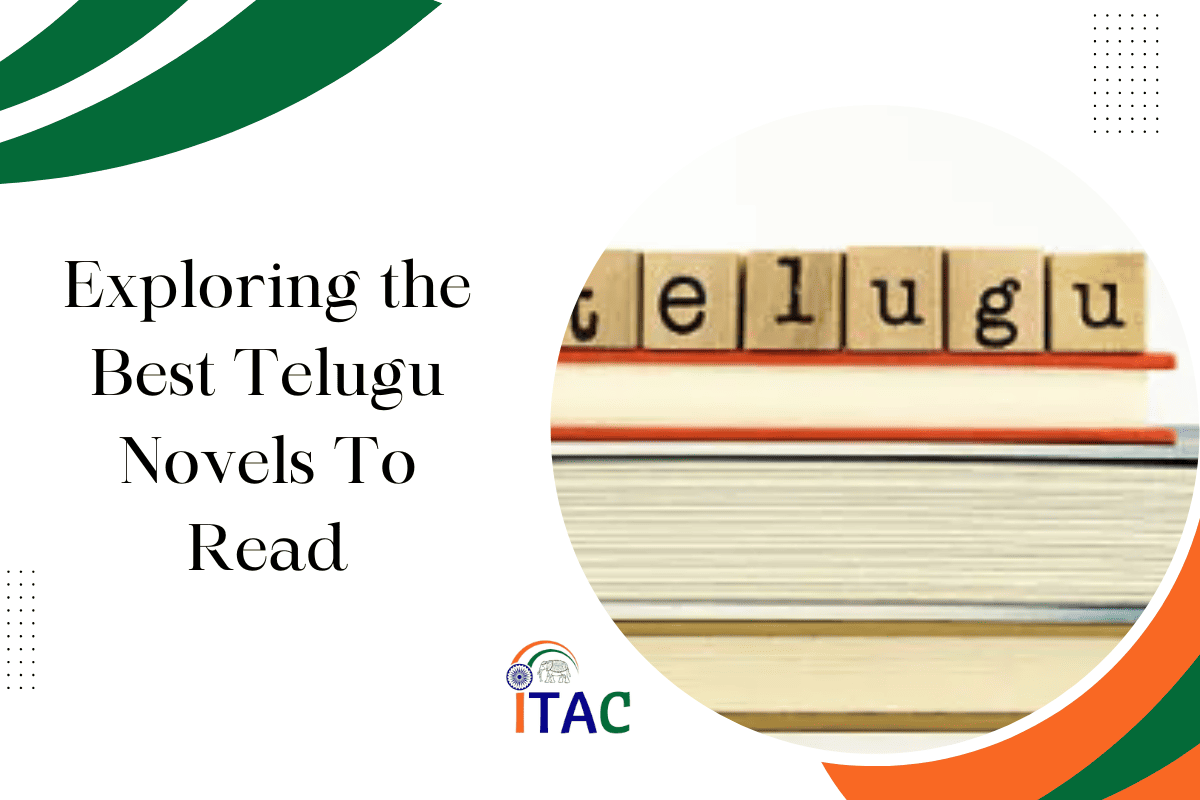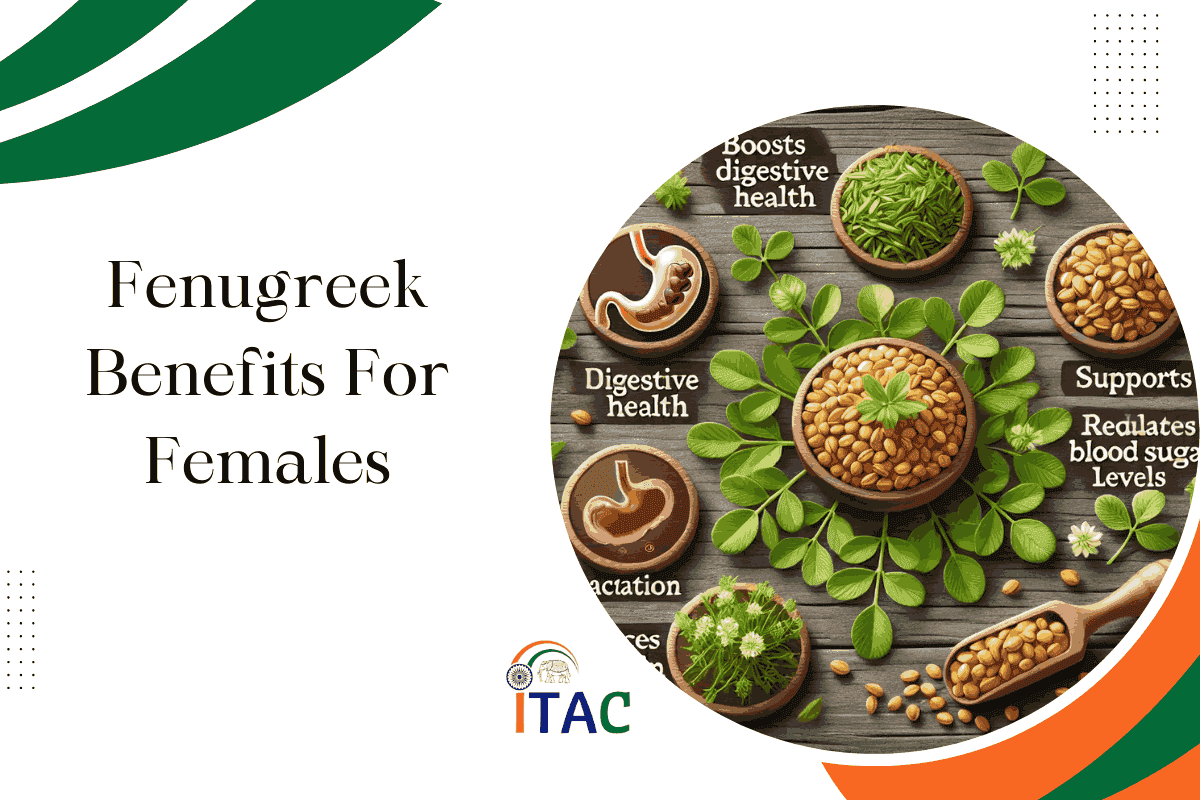India’s cultural heritage is a spectacular mosaic of art, traditions, and philosophies. Among its most vibrant threads is dance, an art form that weaves through the country’s soul, reflecting its rich history and diverse cultures.
Dance in India is not just an expression of creativity but a celebration of life itself, deeply embedded in rituals, ceremonies, and everyday life.
This blog will guide you through the enchanting world of traditional Indian dance forms, exploring their roots, evolution, and the sheer diversity that dances across this vast land.
Table of Contents
Historical Roots and Evolution Of Traditional Dance Forms Of India:
The story of traditional Indian dance forms is as ancient as the civilization itself, with references found in the earliest Hindu scriptures like the Rigveda, dating back to 1500 BCE. These art forms have been influenced by various factors over millennia, including religion, culture, and social changes, evolving continuously while retaining their core essence.
The sculptures of dancing figures in ancient temples and the detailed dance poses described in the Natya Shastra, an ancient treatise on dance and drama, testify to the historical significance and sophisticated development of dance in India.
Classical Dance Forms Of India:
Recognized by the Sangeet Natak Academy, India’s national academy for music, dance, and drama, there are eight classical dance forms, each with its unique style, storytelling methods, and aesthetic principles.
Bharatanatyam (Tamil Nadu)
Bharatanatyam, hailing from Tamil Nadu, is celebrated for its elegance, purity, and expressive poses reminiscent of temple sculptures. It’s deeply rooted in Hindu religious themes, utilizing a sophisticated vocabulary of body movements to narrate stories and express devotion. The dance is performed in vibrant costumes, adding to its visual appeal.
Rukmini Devi Arundale is a pioneering figure who played a crucial role in reviving Bharatanatyam from its declining status and establishing it as a respectable art form worldwide. Other notable artists include Padma Subrahmanyam, Alarmel Valli, and Leela Samson, who have each contributed to the global appreciation and understanding of Bharatanatyam.
You can learn more about Rukmini Devi Arundale by watching this video:
Kathak (North India)
Originating from the northern regions of India, Kathak has evolved through a synthesis of Hindu and Muslim influences, particularly during its flourishing in the Mughal courts. It is characterized by rapid footwork, spins, and expressive mime and gestures meant to tell stories, often from classical literature or mythology.
Birju Maharaj was a legendary figure in Kathak, known for his virtuosity and expressiveness. Other distinguished Kathak exponents include Pandit Durga Lal, Shovana Narayan, and Rajendra Gangani.
You can watch Birju Maharaj Kathak performance here:
Odissi (Odisha)
Odissi is renowned for its fluidity, grace, and the sculptural poses that echo the ancient temple reliefs of Odisha. The dance form is noted for its intricate movements, detailed facial expressions, and the distinctive silver jewelry and costumes worn by the dancers.
Legendary figures in Odissi include Kelucharan Mohapatra, who is credited with the revival and popularization of Odissi in the 20th century, Sanjukta Panigrahi, and Sonal Mansingh, among others.
You can watch Kelucharan Mohapatra’s Oddisi dance performance here:
Kathakali (Kerala)
Kathakali is a vivid, theatrical dance-drama from Kerala known for its elaborate makeup, colorful costumes, and detailed gestural language, telling stories primarily from the Mahabharata and Ramayana. The intensity and depth of Kathakali performances are unmatched, requiring intense physical and emotional investment from the performers.
Kalamandalam Gopi is one of the most celebrated Kathakali artists, known for his emotive performances and dedication to the art form. Other notable performers include Kalamandalam Ramankutty Nair and Kottakkal Sivaraman.
You can watch Kalamandalam Gopi’s performance here:
Other Classical Forms
This section briefly touches upon other significant classical dance forms of India:
- Manipuri: As the name suggests that it is from the northeastern state of Manipur, is distinguished by its themes of Radha and Krishna and is known for its subtlety and grace. Guru Bipin Singh is a renowned figure in Manipuri dance.
- Kuchipudi: This is from Andhra Pradesh, combines dance with acting, presenting dramatic narratives. Vempati Chinna Satyam is credited with popularizing Kuchipudi on the global stage.
- Mohiniyattam: This traditional dance form is from Kerala, is a female solo dance known for its gentle, lyrical movements. Sunanda Nair and Kalamandalam Kshemavathy have been instrumental in promoting Mohiniyattam.
- Sattriya: This is from Assam, has been recognized recently as a classical form, known for its association with the Vaishnavite monasteries and spiritual themes. Jatin Goswami is a prominent exponent of this dance form.
Each of these classical dance forms is not just an art; they are living traditions that continue to evolve while preserving their ancient heritage, thanks to the dedication of their practitioners and the love and respect they command from audiences around the world.
Folk Dance Forms Of India:
India’s vast cultural diversity is vividly reflected in its array of folk dances, each state and region offering a unique dance form that tells the story of its people, their traditions, and their way of life. These dances are not just performances but are deeply ingrained in the rituals, celebrations, and daily lives of the communities, often passed down through generations.
Bhangra and Giddha (Punjab)
Bhangra and Giddha stand out for their vitality and jubilation, primarily performed during the harvest festival of Baisakhi. Bhangra, a dance of vigor primarily performed by men, involves coordinated movements to the beat of the dhol drum, celebrating the harvest’s success. Giddha, performed by women, mirrors this enthusiasm but with a focus on grace, femininity, and storytelling through dance. Both dances are characterized by their colorful attire, where men don vibrant turbans and women adorn themselves in embroidered suits.
Famous artists who have popularized these dances include Malkit Singh for Bhangra, known for his energetic performances worldwide, and Surinder Kaur, who has beautifully showcased Giddha through her songs and performances.
You can watch Malkit Singh performing Bhangara in a song here:
Garba and Dandiya (Gujarat)
Originating from Gujarat, Garba and Dandiya are synonymous with the Navratri festival, a nine-night celebration dedicated to the goddess Durga. Garba is performed in a circle reflecting the cycle of time, with dancers moving in unison to devotional songs.
Dandiya, on the other hand, involves pairs of dancers wielding short sticks, adding rhythm to their steps as they strike these sticks together. These dances are a community affair, bringing together people of all ages in a festive, energetic atmosphere.
Falguni Pathak, often dubbed the ‘Queen of Dandiya’, is a renowned artist who has brought both Garba and Dandiya to the national and international stages through her performances.
Watch this video of kids doing garba dance:
Other Folk Dances
- Ghoomar: This folk dance form is from Rajasthan is a mesmerizing dance performed by women in swirling robes, accompanied by men and women singing together. This dance is especially noted for its graceful movements and the beauty of the colorful ghagras (long skirts) that create beautiful patterns as the dancers twirl. Notable figures in Ghoomar include the legendary folk dancers of the Kalbeliya community, such as Gulabo Sapera, who has been instrumental in bringing the dance form to global recognition.
Watch this amazing group dance in Rajasthani Ghoomar style:
- Lavani: This combines traditional song and dance to tell stories, often with a humorous twist, reflecting the social and political scenarios of Maharashtra. Lavani is known for its powerful rhythms, bold lyrics, and the sensuous movements of the dancers. Famous Lavani artists like Surekha Punekar have played a crucial role in keeping the dance form alive and vibrant, captivating audiences with their performances.
Watch the Lavani dance performance by artist:
- Nati: This is a folk dance from Himachal Pradesh, often performed during local festivals and celebrations. It holds the Guinness World Record for being the largest folk dance. Characterized by its slow, rhythmic movements, Nati is a dance of joy and celebration. Though there are no widely recognized individual artists associated with Nati, it is a community-driven dance that enjoys participation from locals and tourists alike, making it a collective cultural heritage.
Watch Nati dance form here:
Each of these folk dances is a window into the soul of India’s diverse cultures, offering stories of joy, celebration, and communal harmony. Through the efforts of famous artists and the communities that nurture these traditions, Indian folk dances continue to thrive, enchanting and educating both locals and visitors from around the world.
Contemporary Influence and Fusion On Indian Dance Forms:
The evolution of Indian dance continues as traditional forms meet contemporary influences. Fusion dance forms, blending classical and folk with modern dance styles, have gained popularity, showcasing the adaptability and timeless appeal of Indian dance. Contemporary dance groups and festivals across the globe are celebrating this fusion, bringing Indian dance to a wider audience.
Learning and Experiencing Indian Dance
For those interested in diving into the world of Indian dance, numerous schools and workshops across India and abroad offer classes in various dance forms. Online resources and tutorials have also made learning more accessible than ever. To experience these dances authentically, attending live performances, participating in festivals, or visiting cultural centers in India are recommended.
Conclusion
The traditional dance forms of India are a testament to the country’s rich cultural tapestry, embodying its history, diversity, and spirit. These dances are not just art forms but living traditions that continue to evolve and inspire. As we explore and appreciate these enchanting dances, we contribute to their enduring legacy and global influence.









